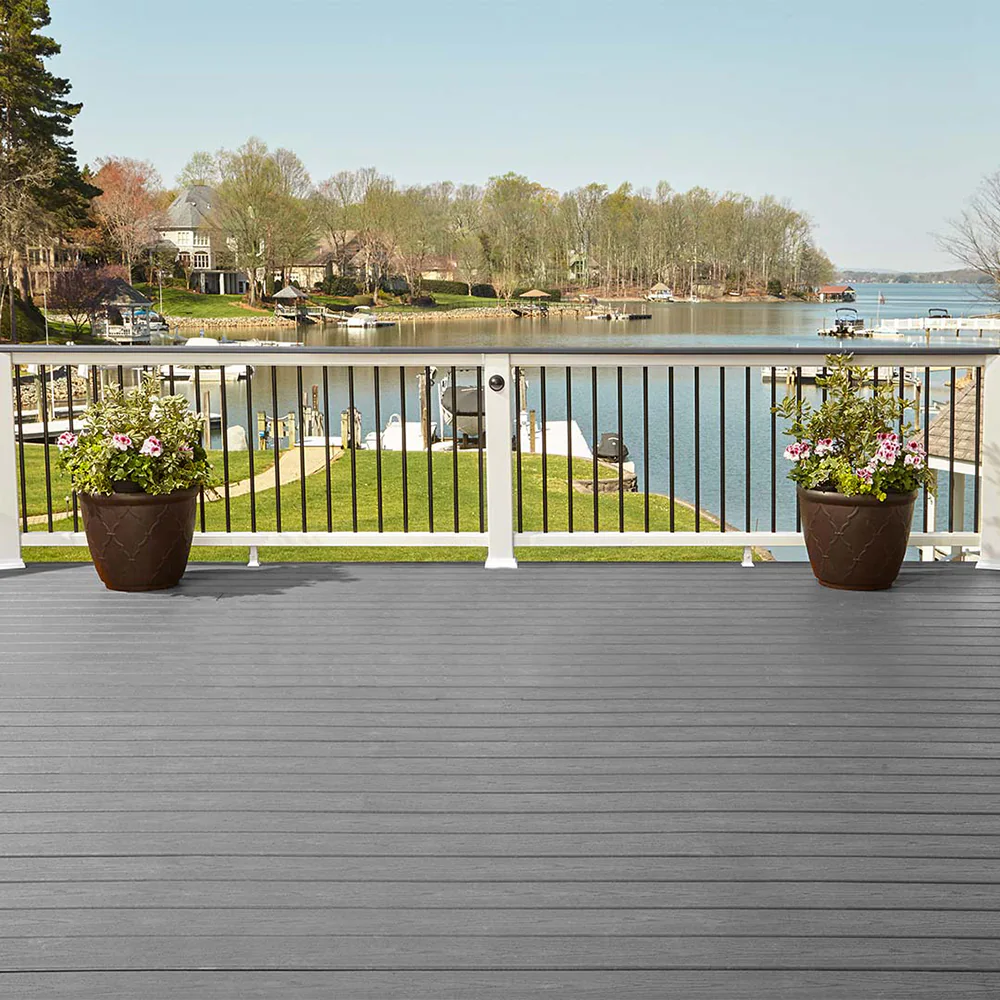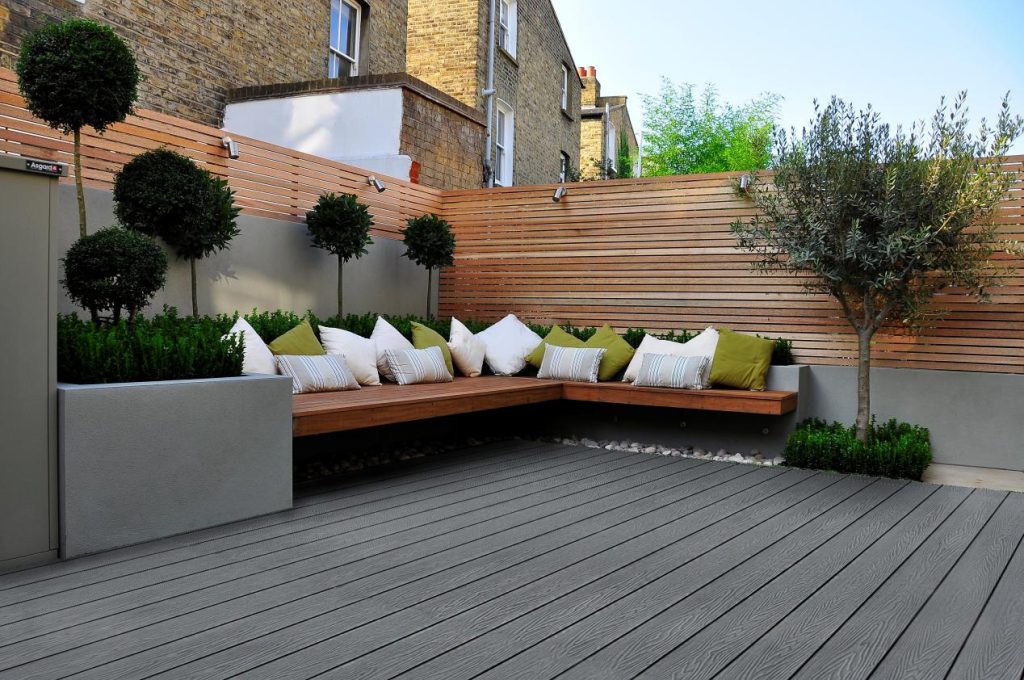Rising Popularity of Wooden Plastic Composites
In recent years, there has been a significant shift in the landscape of outdoor engineering and garden landscapes across the globe. The once-prevalent use of preserved anticorrosive wood in China is gradually giving way to a new contender – wooden plastic products. This transformation is not merely a trend; it’s a sustainable choice driven by environmental awareness, improved aesthetics, and enhanced performance.
Environmental Awareness and Sustainability
With the increasing prevalence of environmental concerns in today’s society, the Chinese population has become more conscious of their ecological footprint. This has led to a growing interest in eco-friendly alternatives. Wood plastic products have emerged as a 100% recyclable solution that aligns perfectly with these environmental ideals.
In the realm of outdoor garden engineering, wooden plastic products have taken center stage. In countries where environmental protection is a top priority, the use of wood plastic products is not only favored but widely embraced.
Aesthetic Appeal and Authenticity
Wooden plastic products aren’t just a practical choice; they also offer an appealing aesthetic. Unlike traditional anticorrosive wood, which often adds a protective layer that hides the natural beauty of wood, wooden plastic products authentically replicate the look and feel of real wood.
These products offer an intuitive wood-like texture that enhances the visual appeal of any outdoor space. The result is an environment that retains the warmth and charm of wood, without the drawbacks associated with traditional materials.
Enhanced Performance for Outdoor Projects
While aesthetics are crucial, performance is equally significant in the realm of outdoor engineering. Preserved anticorrosive wood has been a popular choice, but it’s not without its limitations. In particularly humid outdoor environments, anticorrosive wood can deteriorate rapidly.
Problems such as rot, cracking, and curling deformation are common issues that plague anticorrosive wood. Even under normal conditions, the chemicals used to treat the wood can continue to off-gas, necessitating regular maintenance and refinishing.
The Practical Advantages of Wooden Plastic Products
Wooden plastic products have emerged as a practical alternative, offering several advantages for outdoor engineering projects:
Low Maintenance: One of the most significant advantages is their minimal maintenance requirements. Unlike traditional wood, which demands regular upkeep, wooden plastic products are highly resistant to decay, rot, and pests. This reduces the long-term maintenance costs significantly.
Durability: Wooden plastic products are designed to withstand the harsh elements of outdoor environments. They do not warp, crack, or splinter like natural wood, ensuring a longer lifespan for your outdoor projects.
Sustainability: The use of wooden plastic products aligns with global sustainability goals. These products are typically made from recycled materials and are themselves fully recyclable. This closed-loop system minimizes environmental impact.
Cost-Efficiency: While the initial cost of wooden plastic products may be slightly higher than traditional wood, their longevity and low maintenance requirements translate into substantial cost savings over time.
Conclusion
The growing popularity of wooden plastic products in outdoor engineering and garden landscapes is no accident. It’s a response to the increasing demand for sustainable, aesthetically pleasing, and long-lasting solutions. As environmental awareness continues to rise, and as people seek products that combine form and function, wooden plastic is poised to remain a leading choice for outdoor projects in the years to come. Embracing this innovation not only benefits your projects but also contributes to a greener, more sustainable future.









